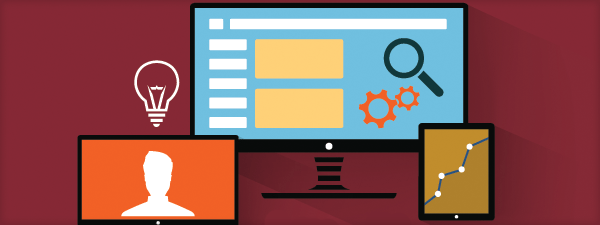If you’ve ever attended an auction, you know how fast-paced they can be. Between the auctioneer’s spitfire cadence and the enthusiastic attendees, an auction can quickly overwhelm a novice. But away from the hustle and bustle of live auctions is the organized chaos of ad exchanges, which help advertisers find new audiences in interesting ways.
Simply put, ad exchanges are tech platforms that allow you to bid on, win and purchase inventory from multiple publishers and ad networks through a single interface or demand-side platform. Using a demand-side platform, buyers (i.e., advertisers, media agencies and intermediaries) can make targeted, automated media buys across multiple ad exchanges.
With countless bids and ads flying around, it can be difficult to see the overall benefit of using an ad exchange. But there are a few key advantages digital media professionals need to understand:
1. Ad Exchanges Are Transparent
A big draw to ad exchanges is their intrinsic transparency. With ad exchanges, advertisers can see the sites and pages they’re running on. With ad networks, your ads could be anywhere.
Many ad exchanges also allow buyers to see what others are bidding on and how much they’re bidding. That’s about as transparent as you can get.
2. Ad Exchanges Are Streamlined and Efficient
With uniform ad sizes and a single bill to pay, the purchasing process is simple. Plus, bids happen in real time, and it’s easy to track your progress.
Although ad exchanges are an effective tool for helping companies gain exposure, not every ad exchange platform is created equal.
What to Look for in an Ad Exchange
Ad exchanges are a great way for marketers and advertisers to find new audiences. And with a little research ahead of time, you can find one that’s a great fit for you and your company. Here’s what to look for in a good platform:
Customer service.
Too many tech companies build a platform and then fail to provide adequate support for their clients. Keep in mind that if the customer service isn’t there, you’re going to have to navigate the platform without any help.
Transparency.
Although ad exchanges allow advertisers to make media buys with relative ease and efficiency, there are some shady exchanges out there that can carve into your media budget with hidden margins and fees. To avoid this, talk to a trading desk that isn’t connected to a large agency group.
High-quality tech stack.
The platform you use should have servers capable of handling a heavy load of at least 2 million queries per second and fast pixel firing. If not, the exchange will be too slow, and you’ll miss out on opportunities.
It should also have a built-in data management platform. A DMP is a piece of software that captures, sorts, stores and spits out information that’s useful to advertisers to help inform ad-buying decisions. Many media professionals end up paying for a DMP that they could be getting for free.
A good ad exchange platform can simplify the media buying experience, but it can take even experienced media professionals months to master these user interfaces. That’s why it’s so important to be able to spot a good platform that will allow you to access publishers’ valuable inventory without added frustration or hidden costs.
